Most used horsemanship tools of 2018
The Little Red Bible
I laugh when I hear someone talk about this book as “The little red bible” but I get where that comes from. If you are really interested in horses and becoming a good horseman this book is a must. The things I have learned in this book took me beyond what I learned from training with people around me. Buck Brannaman is world renowned and doesn’t skip steps on how to get you to the best communication with your horse that I’ve ever seen. This book is always in my truck, I refer to it every day. I would say that this book is the singular reason that I have been able to get as far as I have with my horse. The best part is that it is straightforward with little fluff so it doesn’t take long before your relationship is improving. I know you must be thinking, “I don’t need another book, I know that I am doing with horses” well if that is the case you are correct, whether you are willing to search and learn something that you don’t know, that you don’t know or you feel you know everything you are right. I have learned that to be a good horseman I am always searching for knowledge that I don’t currently have and often I don’t have it because I didn’t know it was out there to know. Groundwork: The First Impression by Buck Brannaman can be found here on Amazon, it’s worth more than it’s weight in gold.
The Lariat
I am partial to the cowboy style of things, so you would imagine that I would lean towards using a rope rather than a lunge line. What I didn’t realize is that often people have issues with lunge lines because there isn’t a great way to get it organized. Another plus is that you can get more done with a lariat in terms of getting your horse good with things, I have worked on helping horses get over being “cinchy” and bad for the farrier with a lariat. The best part in my mind is that it allows me to help my horse with these things without being in a dangerous spot. You might be thinking, “I don’t know how to throw a rope or I don’t need something like that”. All I can say is that you’ll get on a better page with your horse if you learn to use one to communicate with them. This King Saddlery ranch rope is the exact lariat that I use with horses, it’s soft and releases quickly when needed with the honda that is on it. Plus who doesn’t like King Ropes?
A Great Rope Halter
I’m sure many of you use a halter every day as I do, but I have learned that most nylon band halters allow horses to lean on you and resist you. Working with horses is hard enough, let’s set ourselves up for success by using gear that assists us rather than having the potential of hindering us. I love the speed and universalness of my rope halter, one that has a softness to it is what I use so that it fits any horse I am working with. This rope halter and lead rope is the exact set that I use when working horses. I love the feel and the communication that is passed to the horse. Plus this halter can be adjusted to fit any horse and there isn’t anything metal that is going to bang on a horse’s face.
Flagin’, Flagin’, Flagin’
We all understand that our position in relation to our horse communicates a lot of information, I choose to use a flag to assist in desensitizing my horse and working my horse because it is something I can control better than a buggy whip. I don’t run my horse in a round pen just to run him, there is always communication and my flag helps that communication be more clear. This training flag is a perfect horsemanship flag that will help you in your communication with your horse.
Mecate or McCarty?
A mecate rein is very handy in more ways than one and like most things takes a little bit of practice to use one. I love being able to remove my halter while riding, I want to make sure that everything my horse feels from these tools is something I was communicating to him. Using a mecate allows me to still have a “get down” rope as it were so that I can tie him up or lead him around without having to use my reins or have the extra gear on him. There are a lot of materials that have been used to make mecate reins, in the past I braided my own paracord ones. I wrote a post on how to do it here and I saved a bit of money doing it that way. I also have a tree line rope mecate, but one like this mecate is on my list. Using a mecate with slobber straps will allow you to prepare your horse before there is contact so that your communication will improve.
Sat dull or Saddle?
I would say that after buying a horse your saddle is the next largest investment that you will make when it comes to horsemanship, outside of a truck and trailer that is. It’s not something to take lightly and if you have a hard to fit horse it is even more crucial. My horse is mutton withered, there is nothing on his back to help the saddle keep from rolling. This forced me to learn a lot about saddles and how they are made, I have gone through 5 or 6 saddles with one horse! I asked for a lot of advice and finally decided to buy a custom saddle for less than you would think, read about that adventure here. I am still on the search for something that will help with my saddle rolling a bit more but I have learned to be more even in my stirrups because of it. There is always something we can learn from situations that we are in. A quality saddle will go far for you, so much so that I have been suggested to get a side job to help pay for a quality one! I would have to agree it’s worth it. The other reason that I use a saddle often is in my groundwork, there are a bunch of things that will be distracting to your horse while you are working him. This will help your horse learn to pay attention to you even while there are distractions around. This will help you when you are in the saddle to encourage your horse to get with you.
Horse Cinema
I learn well from watching others, plus when watching people work with horses you get to also observe the horse which isn’t usually portrayed when reading. So naturally, I have a bit of cinema that I constantly go back to for reference. I currently have been going over Buck Brannaman’s videos because he seems to have a better way with horses then Pat Parelli or Clinton Anderson for example. I’ve watched a lot of videos by those two and Buck Brannaman seems to have a better disposition in his horses, they seem to me to be more content and prepared to do what is asked. So I search out and follow what feels and looks good to me. Like I mentioned before, you don’t know what you don’t know so I am always searching to find things that will get me better with my horse. These three videos are the ones that I recommend of Buck’s at the moment:
From the Ground Up This video goes hand in hand with the Red Bible, there is so much to catch and see in this that I watch it all the time.
The Making of a Bridle Horse Part 1: The Snaffle Buck goes over simple principles that most people miss when working a horse in the saddle and he gives you ideas on how to get better and be able to move to the hackamore.
The Making of a Bridle Horse Part 2: The Hackamore I have watched this once so far, why? because I am still working in the snaffle bit, but I watched this to learn where a horse should be to move to the hackamore and know what needs to be good before getting there.
Library Bonuses
For those of you really ready to learn and have a hunger for knowledge, here is a list of bonuses to consider looking into:
Think Harmony with Horses by Ray Hunt Ray is known as one of the best horsemen of our known time, so why wouldn’t you read some of his words, plus it’s less than $20!
True Unity This is on my list to read next, Tom Dorrence is one of Ray’s teachers from how I understand it. Plus if you aren’t much of a reader there is an audio version of this one.
True Horsemanship Through Feel by Bill Dorrence This book is my current read and it is like a textbook of horsemanship and there are so many great nuggets that I sometimes have to go back and read what I was reading again so that I can make sure to catch it all.
Kinship With All Life is the special one selected here, I believe it was Tom Dorrence that said the principles taught in this book are the core of true horsemanship.

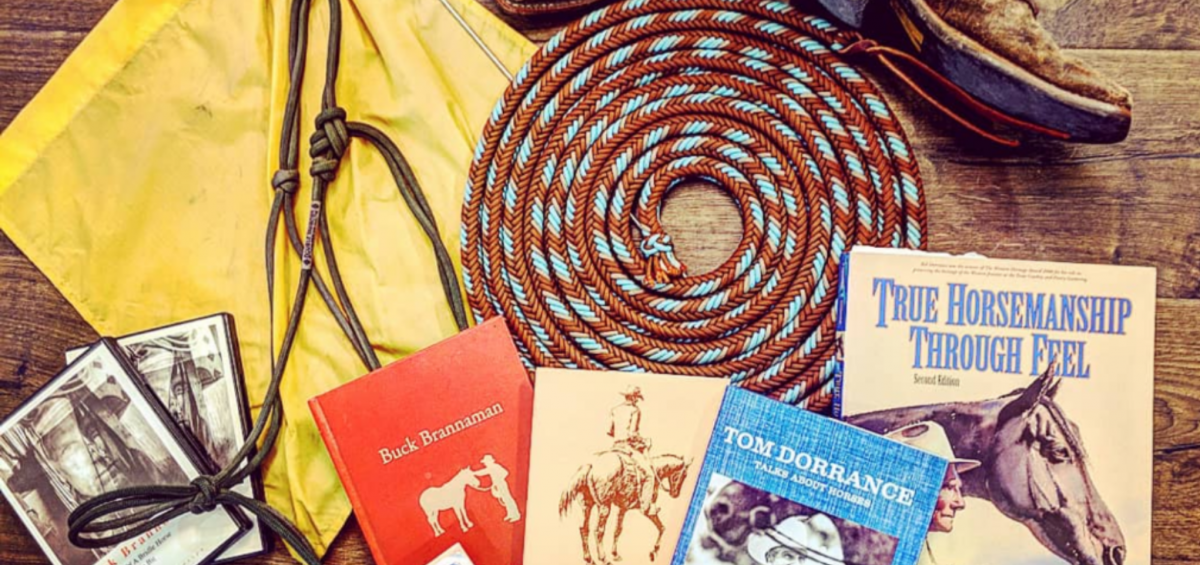





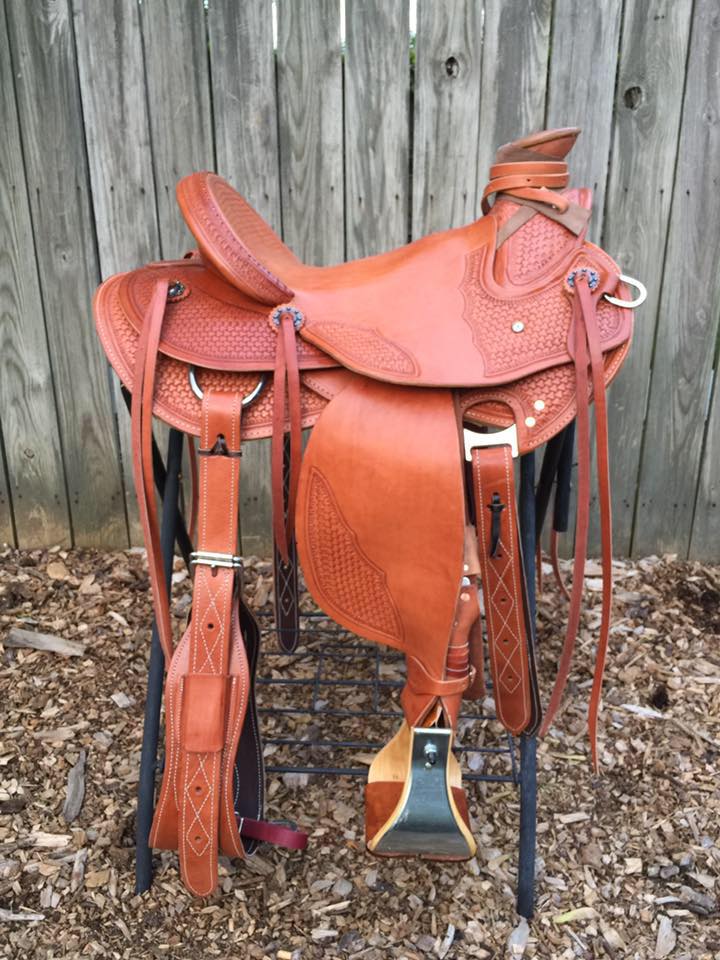



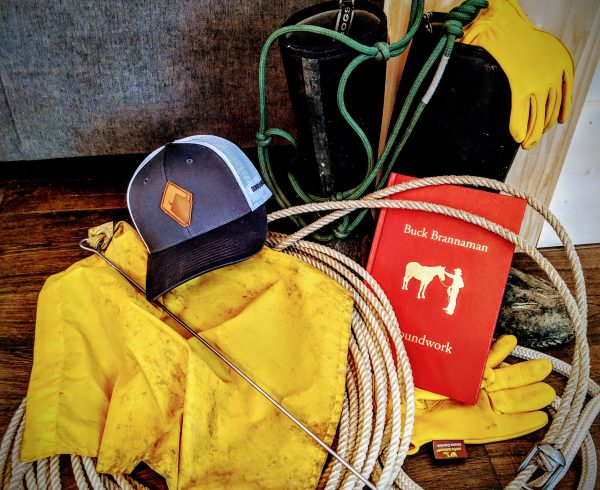
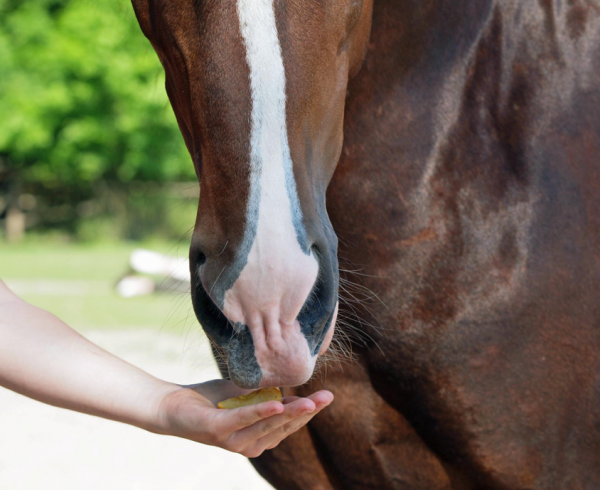
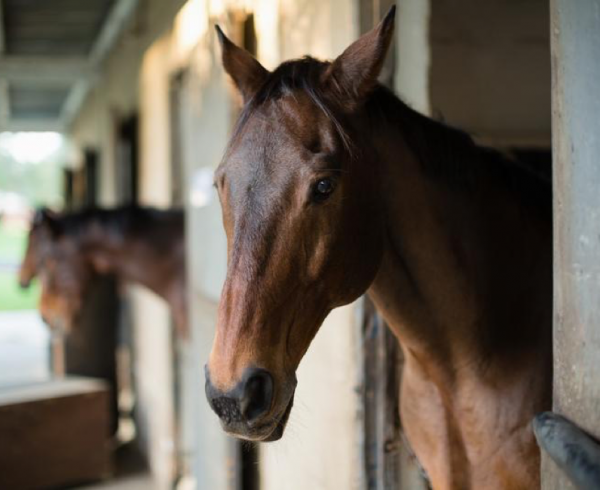
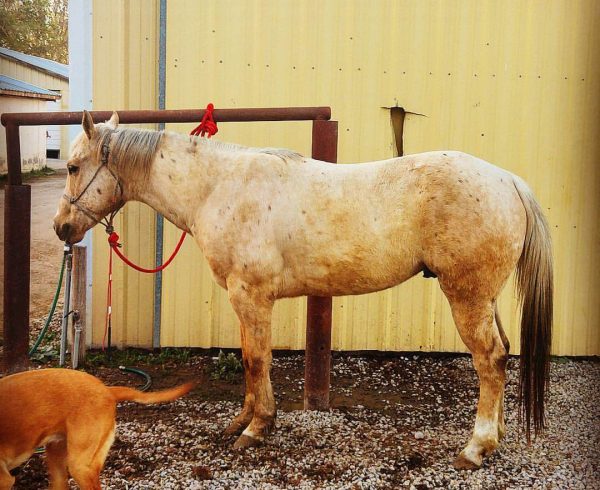
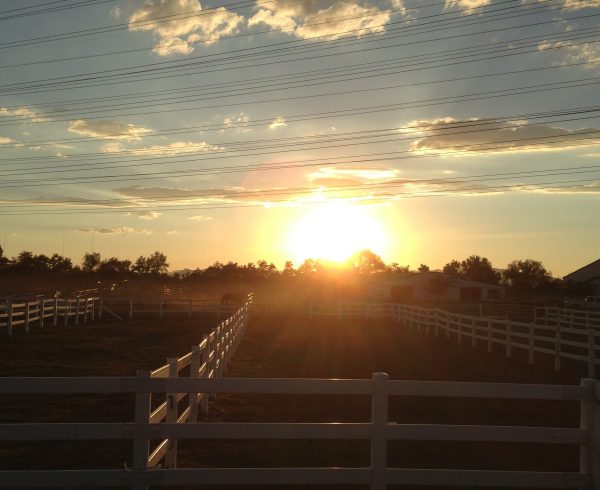
Leave a Comment